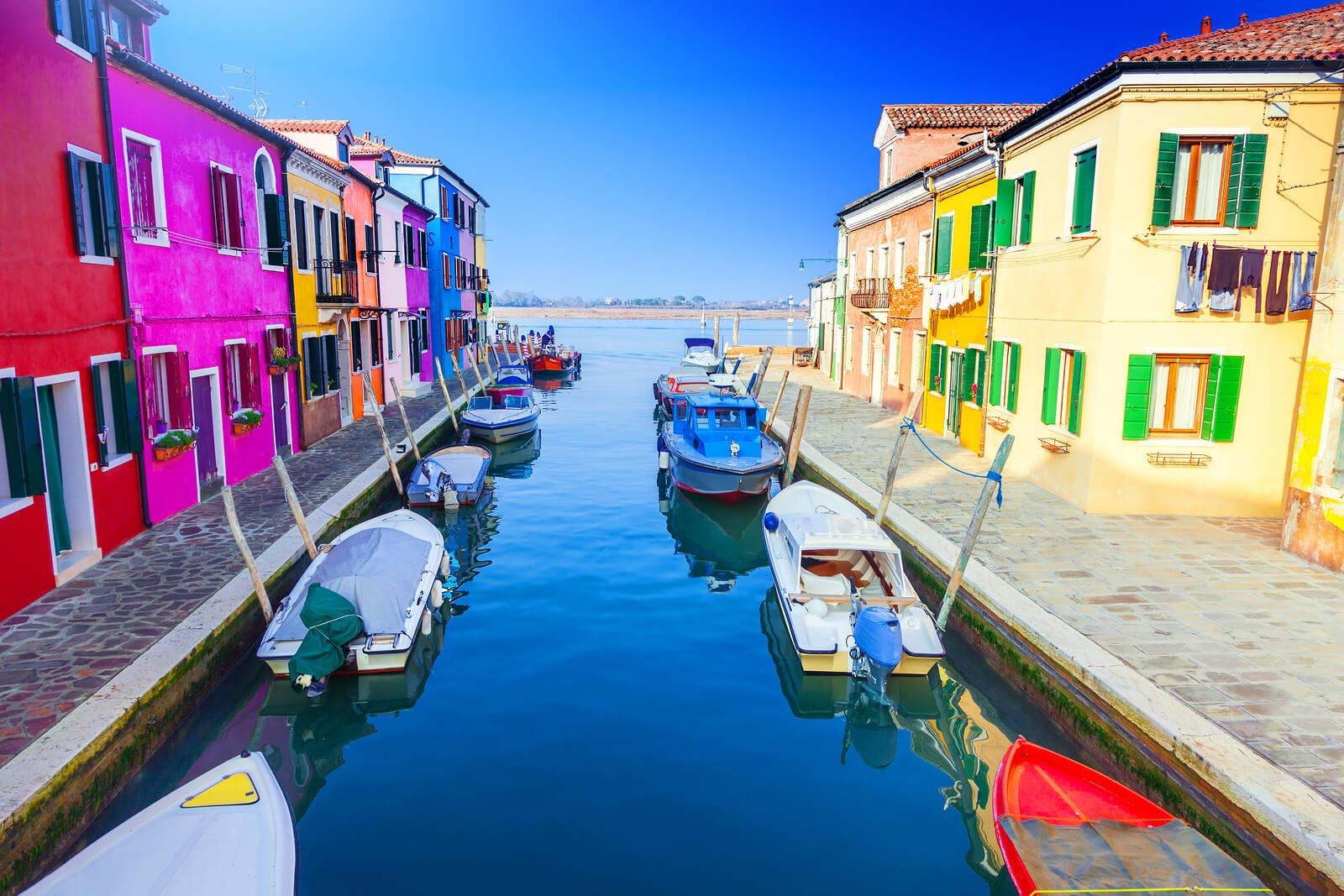For centuries, architectural geniuses have intrigued us with their interpretation of life through vivid, elaborate designs. From prehistoric monuments such as Stonehenge in Wiltshire, England to the ultra-modern Burj al Arab hotel in Dubai, United Arab Emirates, each structure strives to tell a story.
So, it’s not surprising that cultural influences vividly shine through the unique windows of the world to reveal their distinctive personalities.
World-renowned photographer, André Gonçalves, recognized interesting similarities among window styles throughout an entire region. In his photographic collage, “Windows of the World,” we can clearly identify characteristics and influences exclusive to each city. It’s also interesting to see how often the window aesthetics of one area encroaches into another.
With modern-day window technologies evolving every day to improve efficiencies and daily life, the artistic value associated with these vital architectural elements may be hidden.
Let’s step back and enjoy the unique narratives associated with these worldly locales:
Burano, Italy
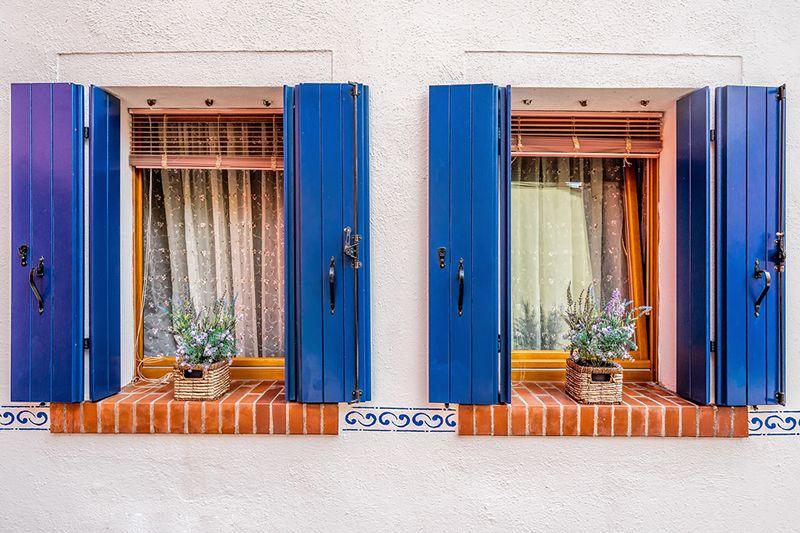
Brightly coloured windows with protective shutters are the key similarities among these Venetian island abodes. Simplicity abounds with casement-style operators and a solid frame to shield residents from inclement weather generated by a lively sea.
Widely known for houses with a special colour pattern developed during the island’s “golden age,” residents must maintain the current colour or request governmental permission to change it. The idea of painting windows and buildings in vibrant hues began so that residents returning from the sea could see them through fog or at a great distance.
Barcelona, Spain
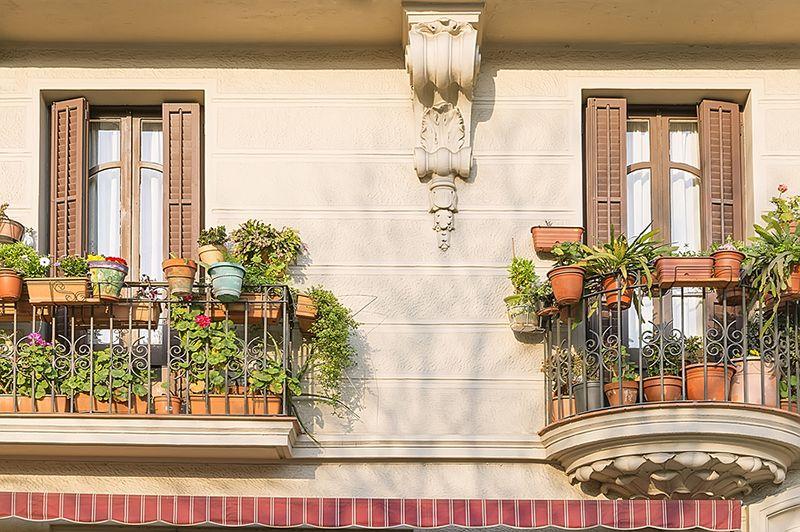
Inspired by a combination of baroque and modernisme styles, windows here incorporate decorative wrought iron, glass and ceramic tiles, and ornately crafted sculptures. The muted colour palette presents a quiet elegance that blends with the natural earthy feel of this Old World city.
Evora, Portugal
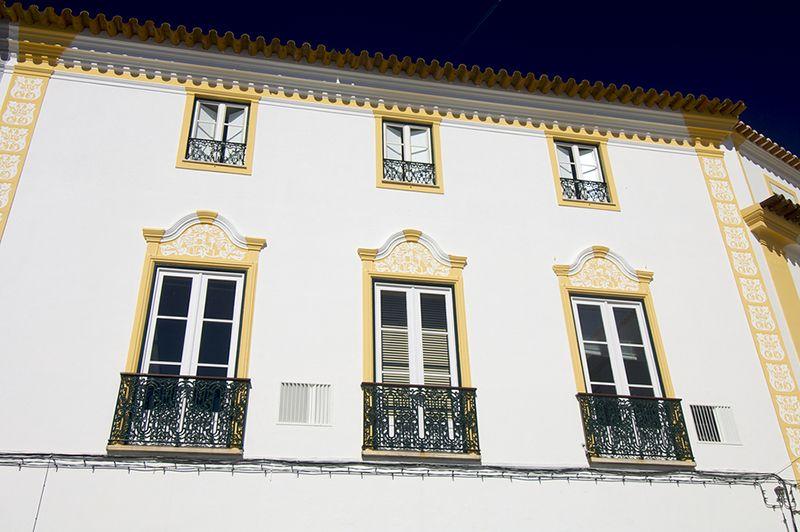
In a country where traditions are strong, the Portuguese people still follow many of the old customs. It is the world’s largest producer of cork; a slow, methodical process that takes decades to accomplish. Evora’s topography includes rolling fields of staple wheat and barley crops, rice paddies and vineyards—all reminiscent of generations of families that toiled the land. The natural colour schemes in the surrounding areas may all contribute to the theme of mustard yellow, pale yellow and white seen prevalently among farmhouses and windows.
Venice, Italy
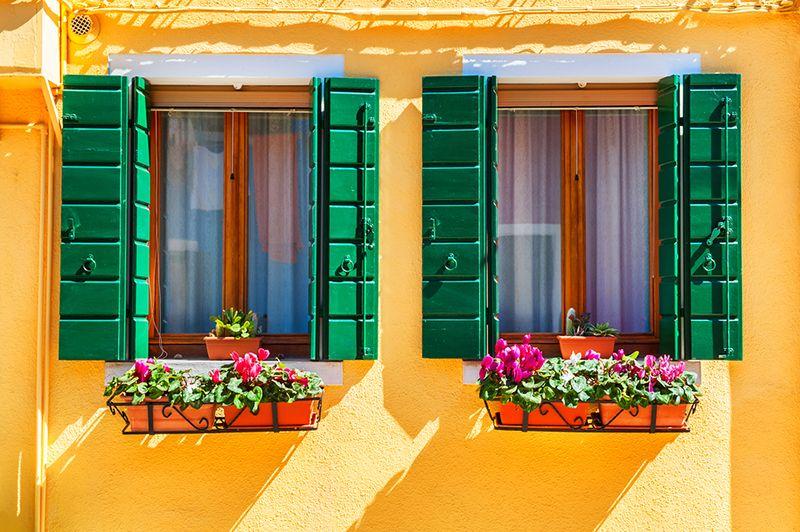
Just like its people, the windows in Venice have a personality all their own. You’ll see a natural-coloured theme highlighted by terracotta browns, burnt oranges and warm yellows. The tear-drop shapes and ornate decoration are a direct representation of Byzantine architecture and continue to emulate those traditions.
The Austrian Alps
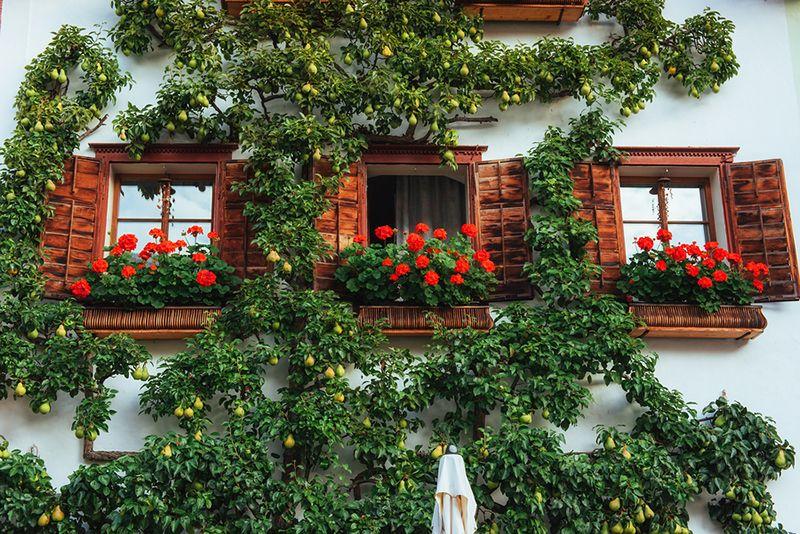
Fitting with its remarkable mountain setting, windows in the Alps are also very dramatic. With an attempt at maintaining a sense of timeless beauty while fitting seamlessly into the landscape, window architecture in the Alps often incorporate ornately decorated shutters, detailed paintings and a rustic colour scheme.
Melbourne, Australia
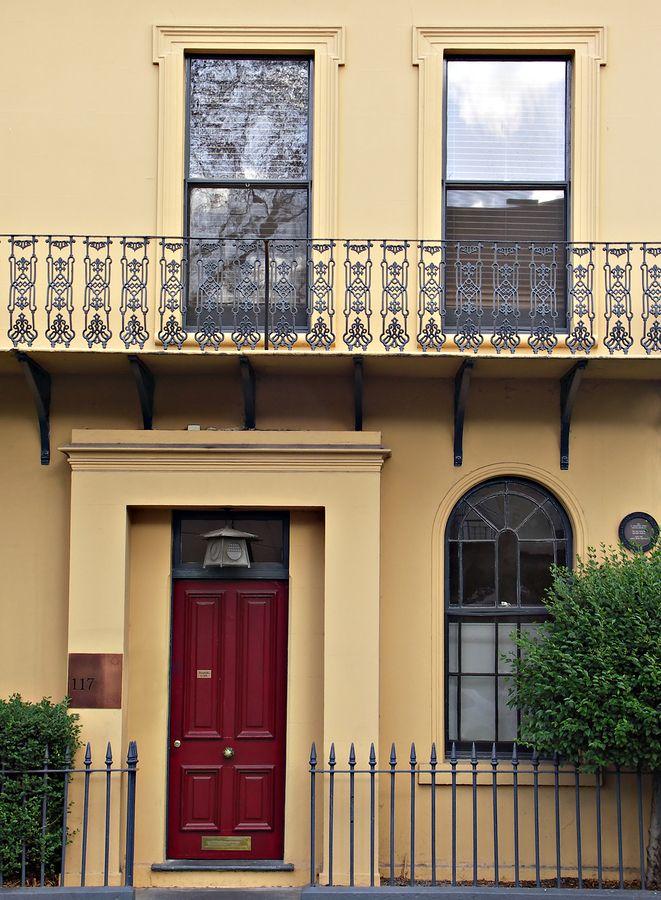
With an air of the Gothic Revival Period fuelling its historic architecture, you’ll find narrow doors and windows ending in a lancet window or pointed arch throughout this older, turn-of-the-century urban community, diamond pane windows and a terrace or bay window. Religion still plays a major role in everyday life and you’ll often see symbols like crosses built into the architectural design.
Rio de Janeiro, Brazil
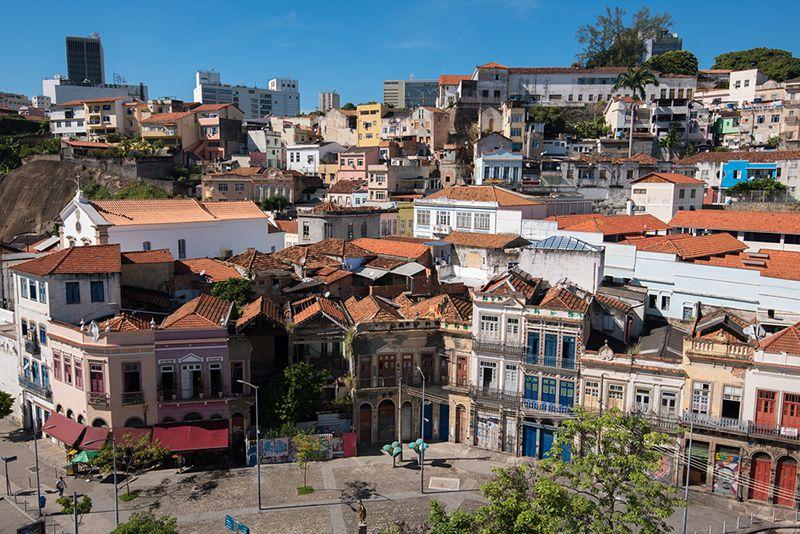
Rio de Janeiro is a blend of old and new, with reminders of Baroque architecture as well as a more modern Neoclassical style. Window styles, like buildings, often are reminiscent of those in Portugal with vivid colours but lean toward a more minimalism approach with clean lines and the absence of decoration. This adaptation allows traditions to flow freely while looking through the window pane toward the future.
Beijing, China
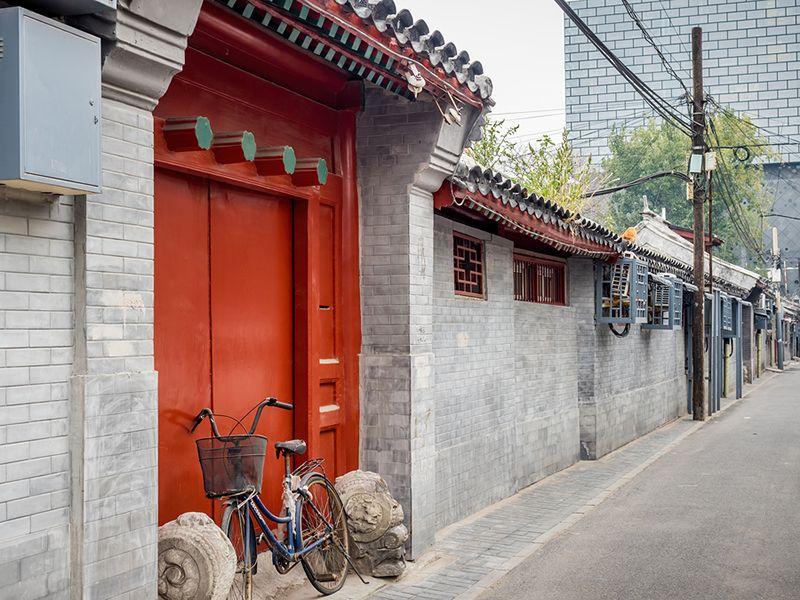
While much of China has embraced a 21st-century approach to architecture, many of Beijing’s windows emphasize the ancient balance practice associated with articulation and bilaterial symmetry. Evenly spaced windows in appropriate colours dot the countryside. To further emphasize Chinese philosophy stressing harmony between man and nature, traditional windows also display intricate latticework motifs.
Colours designate the owner’s class, yellow is the Imperial colour and represents the Emperor of China, blue symbolizes the sky, and black is used to inspire the gods to descend to the earth. Windows are small in size and generally face south to let in warm natural light. The back of most Chinese structures contain no windows and face north. This is to fend off cold winter winds.
London, England
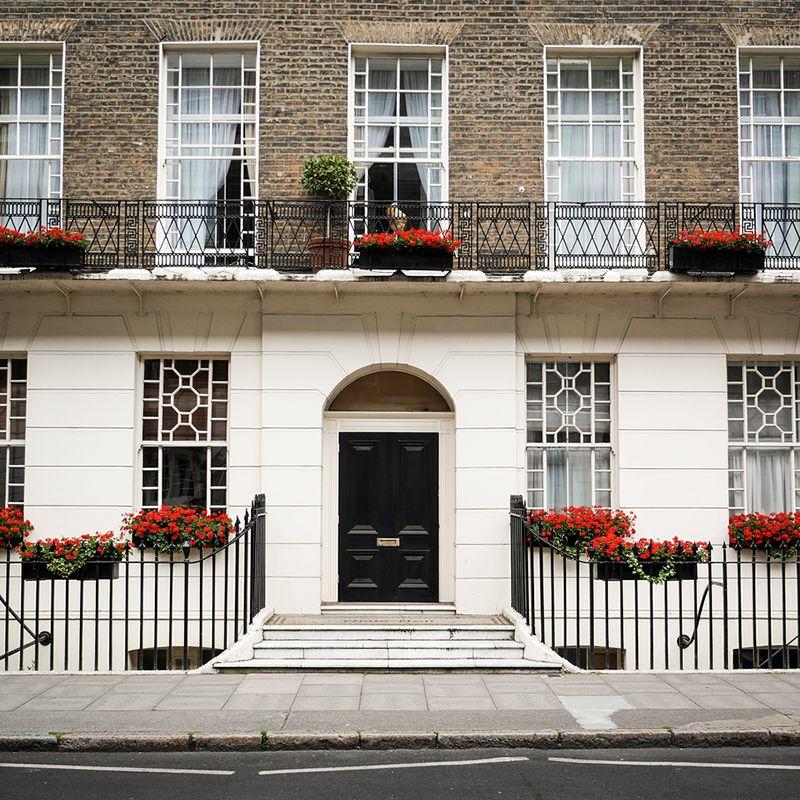
The English stately tradition is felt throughout London with Venetian windows inspired by European architect, Andrea Palladio. These most notably consist of one main window, a semicircle arch above and two pilaster sidelights. Natural white and grey trims on a backdrop of red and brown brick accent without overpowering—reflecting the reserved personalities of traditional Englanders.
Bucharest, Romania
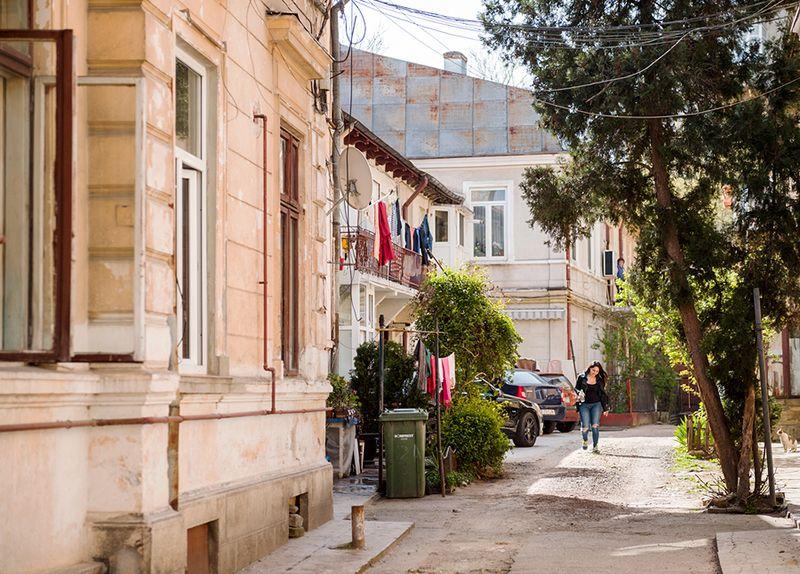
Cultural elements developed by Prince Constantin Brâncoveanu were well represented throughout Romania. They blended Baroque patterns with Oriental shapes to create rich, detailed architecture incorporating carved stone, heavy wood and pointed frames to many windows and structures. Plain white frames are typical to allow the intricate decoration to stand out on the elegant facade.
Paris, France
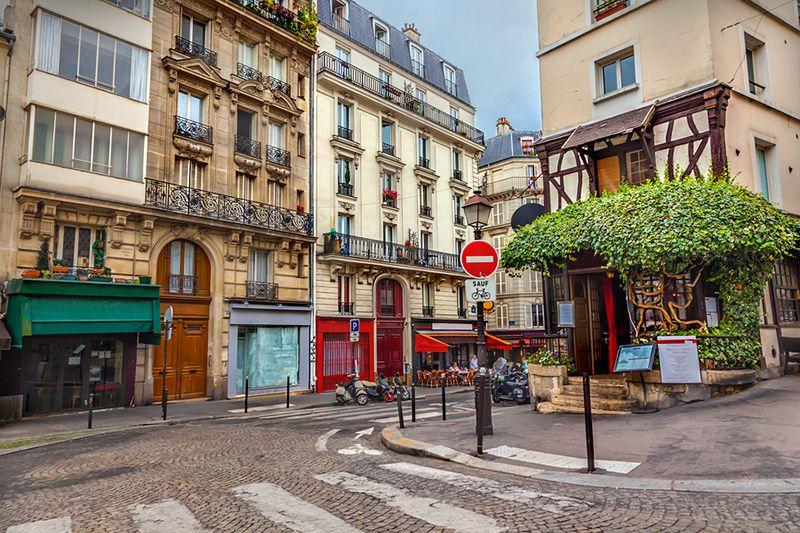
Steeped in tradition, yet yearning to be trendsetters, architects created a blend of styles to create lavish structures and windows that used both old and new materials. The Belle Époque architectural style blended neo-Byzantine, neo-Gothic, classicism, Art Nouveau and Art Deco by its imaginative use of iron, plate glass, reinforced concrete (to imitate stone) and coloured tile. New, stronger building materials allowed the front facade to consist almost entirely of windows without the need for additional structural support.
With a desire to mimic nature, masonry and stone decorations were created in muted colours. To imitate the natural curve in plants and flower stems, wrought iron railings, arched window trims and the sides of buildings bend as if alive.
Hamburg, Germany
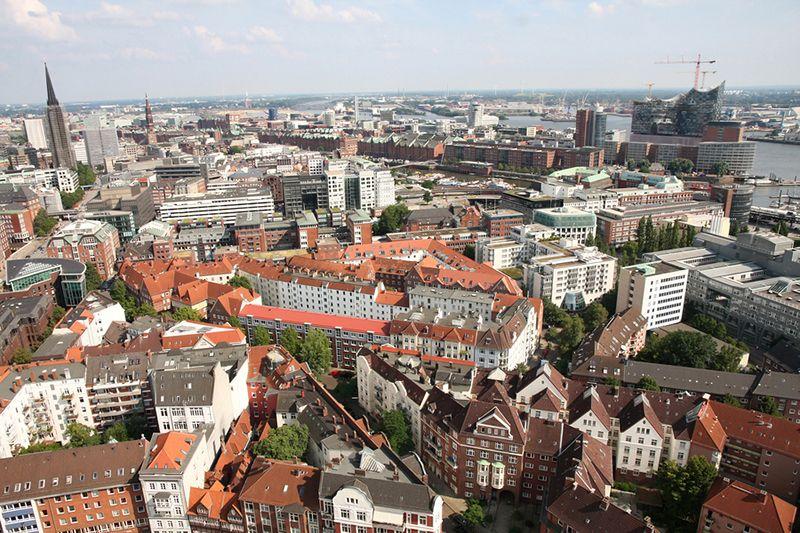
The fascinating architecture of Germany stems from a long, rich and diverse history. Almost every European style is represented there including: Baroque, Gothic, Romanesque and Modern and incorporates a multitude of expression through windows details. Each example shows an array of elegant balconets, quoins, cornices, arched tops, keystones, latticework, pilasters, transoms and multi-pane windows that reveal their own distinctive personalities.
As it has been for thousands of years, self-expression through structured window designs can speak volumes. Rich traditions still remain throughout the world as city leaders attempt to blend the old with the new. While today’s windows are less detailed in design, they represent a new generation of styles and efficiencies.
Why not let the experts at Ecoline Windows help you make your mark through innovative products that will last for years to come? Call for a private consultation today.

